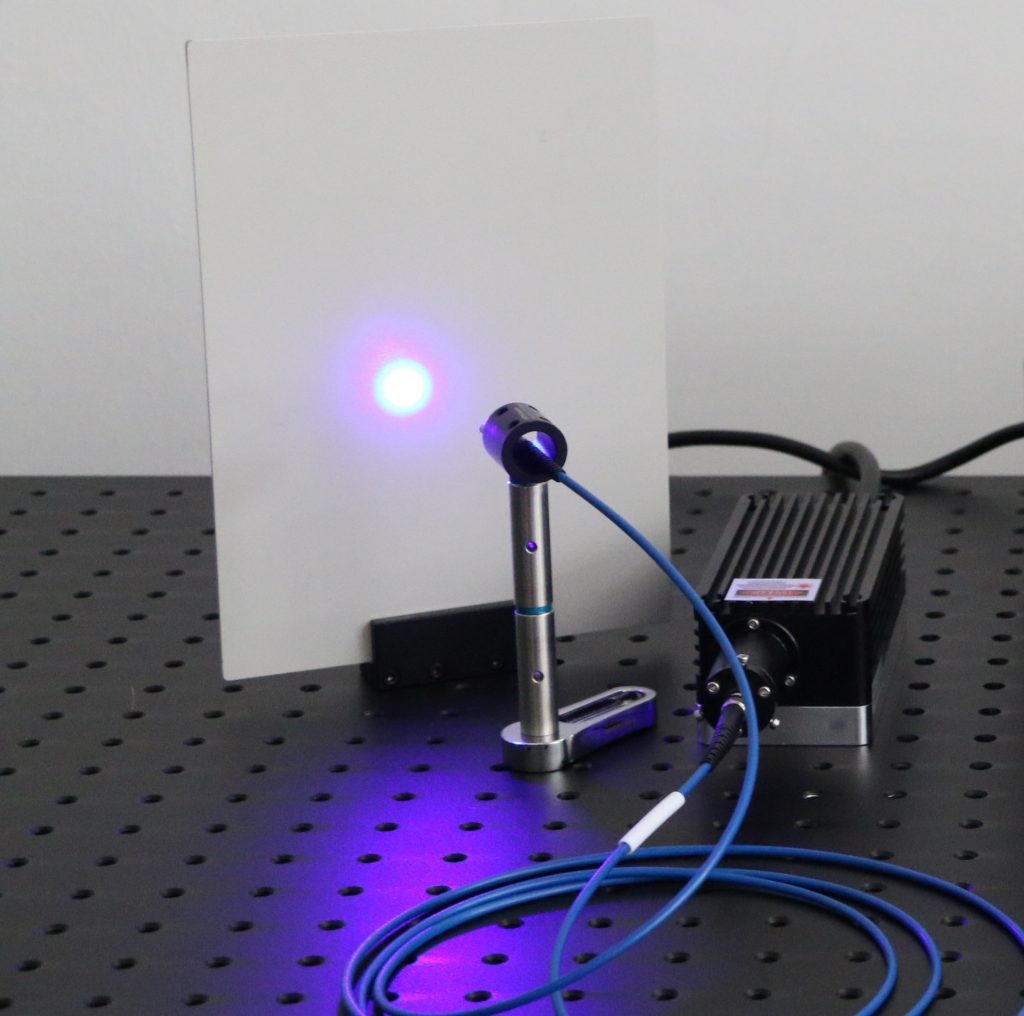Optical power meters, often referred to as OPMs, are specialized instruments designed to measure the power of optical signals. These signals can come from various sources; including lasers, light-emitting diodes (LEDs), or optical fibers themselves.
Newport OPMs are a crucial tool for quantifying the strength of these signals, helping technicians and engineers maintain the integrity of optical communication systems. Let’s take a look at how these meters work, as well as some of their most common applications.

How Do Optical Power Meters Work?
Optical power meters play a pivotal role in quantifying the strength of optical signals. They serve as indispensable instruments for both assessing and upkeeping fiber optic systems. Typically, these devices gauge power levels in decibels referenced to one milliwatt (dBm). This unit of measurement offers a standardized and practical way to express optical power.
The fundamental working principle of optical power meters involves the transformation of optical signals into electrical ones, a process that facilitates precise measurements. Among the most prevalent types of OPMs, a photodiode assumes the central role in this conversion. When exposed to optical radiation, the photodiode generates a current proportional to the incident light intensity. In simpler terms, the stronger the optical signal, the greater the current generated. Subsequently, this current is subjected to amplification before being meticulously quantified by the meter.
Newport Optical Power Meters
The majority of optical power meters manufactured by Newport can be categorized in one of two categories: handheld power meters and benchtop power meters. Handheld power meters (such as the 840-C, 1916-C, or 1918-C) are perfect for on-the-go field testing and troubleshooting. They are compact, lightweight, and easy to carry around, making them the go-to choice for professionals needing mobility.
Benchtop power meters, on the other hand, shine In precision-driven laboratory and manufacturing environments. These devices (such as the 1936-R) offer features such as high accuracy, rapid data acquisition, and multiple interfaces- ensuring you can tailor your measurements to specific needs.
Key Features:
Wide Spectral Range: Newport optical power meters are designed to measure optical power across a broad spectral range, encompassing everything from ultraviolet (UV) to infrared (IR) wavelengths. This versatility makes them suitable for a wide range of applications, ensuring you have the right tool for the job.
High Accuracy: Precision is the hallmark of power meters, offering measurements with uncertainties as low as ±0.5%. Whether you’re working on critical research or quality control, the accuracy of Newport meters ensures you get dependable results.
Ease of Use: Many optical power meters are designed with user-friendly interfaces and clear displays.in mind, making them accessible even for those new to optical power measurement.
How Accurate are Optical Power Meters?
Newport optical power meters are known for their high accuracy and repeatability. The specific accuracy of a given model will vary depending on the wavelength range, power range, and other factors. However, in general, Newport optical power meters offer accuracies of ±0.01 dB or better.
Newport optical power meters are also known for their repeatability. This means that if you measure the same optical signal multiple times, you will get the same reading each time. This is important for applications where precise and accurate measurements are required, such as in manufacturing and testing.
Environmental conditions can affect the accuracy of an optical power meters, as temperature and humidity can affect the accuracy of the meter’s electronics. It is important to use the meter in a controlled environment to ensure the most accurate readings. Another factor that may impact the accuracy of an optical power meter is calibration. Over time, the meter’s calibration can drift. It is important to calibrate the meter regularly to ensure the accuracy of its readings.

Applications of Optical Power Meters:
Optical Fiber Testing: Newport power meters play a pivotal role in testing the performance of optical fiber links and components. They are instrumental in measuring insertion loss, return loss, and various other parameters critical for maintaining robust optical communication networks.
Laser Testing: When it comes to laser technology, optical power meters allow you to accurately measure laser output power, assess laser beam quality, and evaluate other crucial laser parameters. Whether you’re working with lasers for medical, industrial, or research purposes, these meters are an incredibly useful tool.
Manufacturing: Optical power meters are invaluable in the manufacturing of optical components and devices, as they ensure consistent quality control- helping manufacturers maintain high product standards.
Research and Development: In the realm of optics research and development, optical power meters are trusted tools for studying the properties of light and optical materials. Their high accuracy and wide spectral range enable scientists to conduct cutting-edge experiments and investigations.
For those seeking high-quality, dependable optical power meters, Newport has an extensive range of products tailored to diverse applications. Whether you’re working in the field, a laboratory, or the manufacturing sector, choose Optoanalysis as your trusted provider for Newport optical power meters from any stage in the product lifecycle!